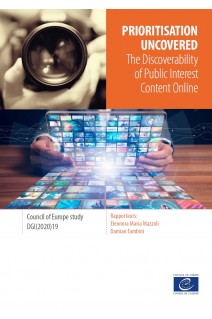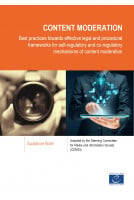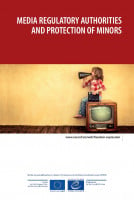The Council of Europe and its member states should consider a range of new policy interventions in order to monitor and mitigate possible detrimental impacts of prioritisation of ‘public interest’ content, and ensure that determinations of public interest content are genuinely based on the public interest.
Whilst the freedom of expression implications of content takedown, “privatised censorship” and down-ranking of content have been much discussed in recent years, content curation practices like up-ranking and prioritisation have been under less scrutiny. Yet content moderation and curation are two sides of the same coin and they both determine which content is circulated and accessed online. In contemporary media systems, routes for accessing audio-visual media content online are more complex than the channels and electronic programmes guides (EPGs) typical of linear distribution. As media consumption shifts onto a range of on-demand, mobile, social and streaming services, the role of hardware devices, operating systems, users’ interface design, and related search and discovery functions becomes pivotal in nudging audiences’ choices and ultimately driving access to and consumption of content. The aim of this report is to provide a clearer understanding of what prioritisation of public interest content means in an internet-distributed ecosystem, discuss emerging issues with current industry practices in this area, and highlight related policy needs, and potential avenues for intervention.
Executive Summary Introduction 1. A Framework for Analysis
1.1. Context and Significance
1.2. Definitions and Regulatory Context
2. A Changing Landscape: Industry Practices and Implications
2.1. Technological Architecture
2.3. Users’ Agency
2.4. Commercial Negotiations
3. Potential Problems Related to Online Content Prioritisation
3.1. Threats to Media Pluralism and Independence
3.2. Forms of Soft Propaganda
3.3. Forms of Soft Censorship and Threats to Freedom of Expression
3.4. Threats to the Sustainability of PSM and Local Providers
3.5. Threats to Users’ Autonomy and Perpetuation of Inequalities
3.6. Lack of Intermediaries’ Organisational Transparency and Accountability
4. Conclusions
AnnexesAnnex 1 – Definitions
Annex 2 – Methodology
Annex 3 – Summary of Relevant Council of Europe’s Instruments
References








